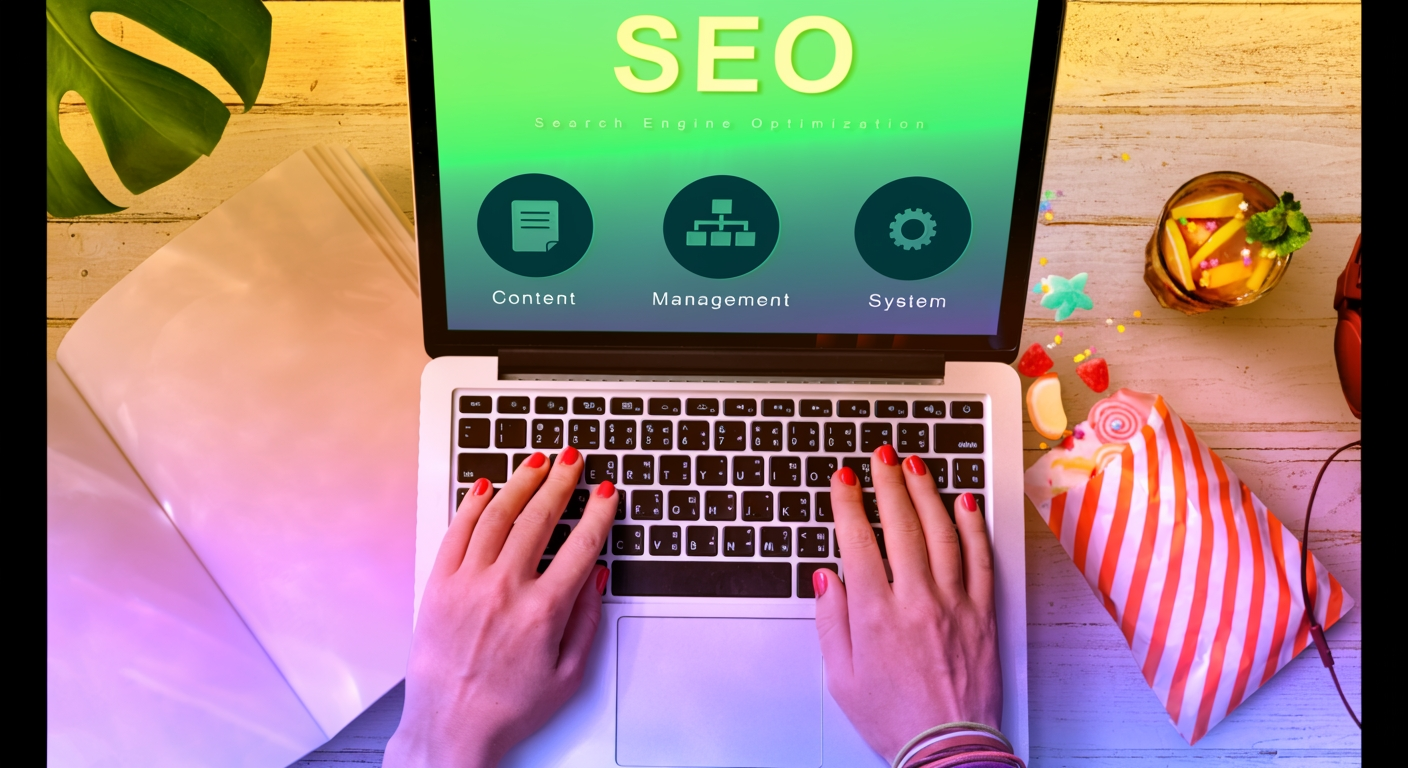Define On-Page SEO: It’s All About What You Control
On-page SEO refers to optimizing the content and structure on your website — titles, headers, body copy, images, internal links, and even URL structure. Unlike off-page SEO (like backlinks), this is 100% under your control — and it’s the first place to start.
Craft Strong Titles, Meta Descriptions, and Headers
Each page needs a unique, keyword-rich title (under 60 characters) and a compelling meta description (under 160 characters). Use header tags (H1, H2, H3) to break up content and guide readers — and search engines.
Write Clear, Valuable Content With Keywords
Use your main keyword naturally in the first 100 words, then throughout the content. Avoid stuffing. Focus on providing real value — answering questions, offering tips, or explaining a process. The better the content, the better the ranking.
Use Internal Links and Optimize Media
Link to other relevant pages on your site to improve user experience and help Google crawl your content. Add alt tags to every image and use compressed file sizes to ensure fast loading.
Improve URLs, Mobile Design, and Load Speed
URLs should be short, descriptive, and keyword-friendly (e.g., /web-design-services). Make sure your pages load in under 3 seconds and look great on mobile — both are key ranking factors.
Final Thoughts
On-page SEO is one of the most impactful and immediate ways to improve your site’s visibility. Done right, it creates structure, clarity, and usability — all of which Google rewards. It’s technical, but manageable — and crucial for growth.
FAQ
- What’s the difference between on-page and off-page SEO?
On-page = everything on your site; off-page = links from other sites. - What’s the first on-page SEO task I should do?
Optimize your title tags and headers. - How do I know if my content is SEO-friendly?
Use tools like Yoast or SurferSEO to check structure, keywords, and readability. - How often should I update on-page SEO?
Every 3–6 months or when launching new content. - What are header tags?
HTML tags like H1, H2, and H3 that structure your page content. - Should images have keywords too?
Yes — in file names and alt tags. - Do internal links help SEO?
Absolutely — they improve navigation and crawlability. - Should I include keywords in my URL?
Yes — short, clean URLs with keywords perform better. - Can I do this without an SEO plugin?
Yes — plugins help, but it’s not required. - Is on-page SEO enough on its own?
It’s foundational — but combining it with off-page efforts drives better results.
